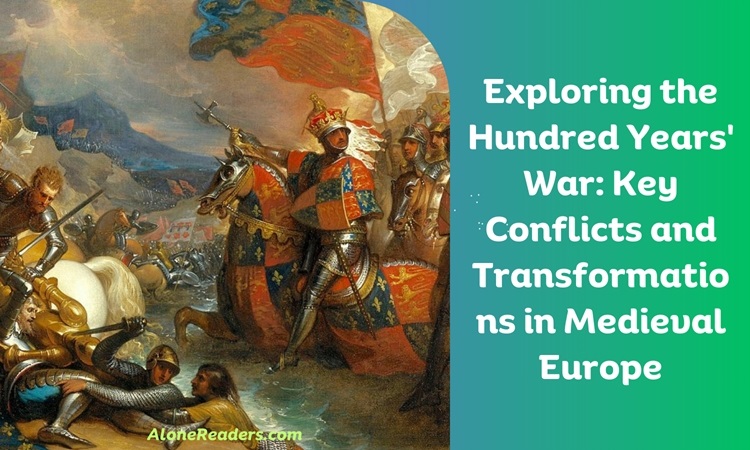
The Hundred Years' War, spanning from 1337 to 1453, stands as one of the most significant conflicts of the Late Middle Ages. This protracted series of battles and political maneuvers involved primarily the kingdoms of England and France, though it eventually drew in various powers from across Western Europe. Originating from English claims to the French throne, the war symbolized not just a battle for territorial dominance but also a clash of evolving national identities.
The war's genesis can be traced back to the complex feudal ties and territorial rights in medieval Europe. English monarchs, beginning with Edward III, laid claims to the French throne, which were rooted in ancestral rights and territorial disputes. This challenge to French sovereignty was a primary catalyst for the prolonged conflict.
The Hundred Years' War is traditionally divided into three main phases:
The war was a hotbed for military innovation. The English longbow, a formidable weapon, revolutionized infantry tactics. On the other hand, the French developed more effective uses of artillery, which played a crucial role in sieges. These advancements laid the groundwork for modern warfare.
A notable cultural consequence of the war was the decline of chivalry. The brutal realities of warfare and the emergence of professional standing armies contributed to the erosion of the chivalric ideal. This transformation marked a shift in the societal and military fabric of medieval Europe.
The Hundred Years' War fueled a sense of nationalism in both England and France. It catalyzed the centralization of power, moving away from feudal structures towards more unified nation-states. This period laid the foundations for these countries to emerge as global powers in the subsequent centuries.
The conclusion of the war had far-reaching impacts:
The Hundred Years' War, with its blend of political intrigue, military innovation, and cultural transformation, remains a defining period in European history. Its legacy is evident in the modern concepts of warfare, nationalism, and statehood. This war not only reshaped medieval Europe but also set the stage for the modern world.